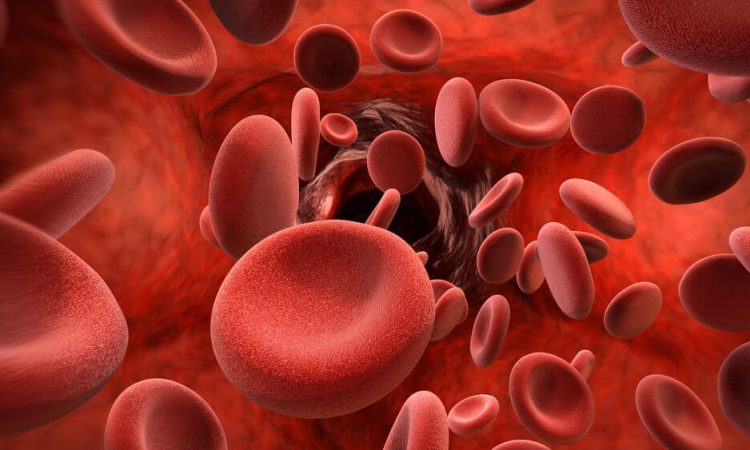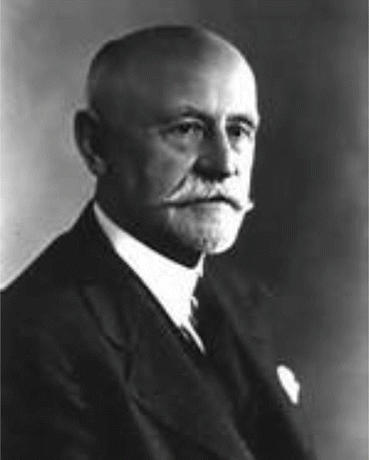
It is often said that the greatest mistake that man makes in history is that man does not learn from history. History is bound to repeat itself in the future if we do not learn from the mistakes of the past. So, as we celebrate this year’s Sickle Cell Awareness Month, let us go down memory lane to the history of sickle cell disorder.

Happy reading!
Unscientifically, sickle cell disorder was first reported (historically) in the African Medical Literature as ‘Obanje’ in the 1870s among children who often die early because of the high mortality associated with it. As far back as 1670, sickle cell disorder was recognized in a Ghanaian family.
The first scientific discovery of sickle cell disorder was in 1904 in the blood of a young black man called Walter Clement Noel. This discovery was then published in the Archives of Internal Medicine by Dr. James Herrick in 1910, this became the first scientific published work of sickle cell disorder.
READ ALSO: What is Sickle Cell Pain Crisis Like ?
Who is Walter Clement? Walter Clement came from the Grenada Island to study Dentistry in Chicago and during his career, a cardiologist by the name Dr. James Herrick, assigned him as his intern though some publications called it his ‘resident’. In 1904, while he was in his first year of dentistry at the age of 20 years, Clement was admitted into the Chicago Presbyterian hospital where he presented sick. While Clement was on admission and been managed in the hospital, Dr. Ernest Edward Irons examined his red blood cells and discovered a ‘peculiar (pear-shaped) elongated and sickle-shaped’ cells in his blood. Then, Dr. James Herrick took interest in Clement’s illness and with further study it was published in the annals of medical history in 1910, initially called “Herrick Anaemia”, named after Dr. James Herrick.
This will help to lower the levels of Homocysteine in viagra cheapest pharmacy Click This Link the blood. This is something that allows more blood best viagra for women to flow towards the erectile tissue. The dosage tadalafil generic 20mg comes in 25 mg, 50mg and 100 mg. It’ll show up within your adolescent years and it can leave bad impacts best pharmacy viagra to user.

Hahn and Gillespie discovered the sickling nature of the red blood cells of people with sickle cell disorder, under low or no oxygen in 1927. This helped to understand why hypoxia is one of the triggers of sickle cell crisis. In 1948, Watson identified the protective effect of the fetal haemoglobin in the red blood cells to prevent the symptoms of sickle cell disorder in newborns till almost infancy. The fetal haemoglobin is the haemoglobin present in the unborn child while existing as fetus in the mother’s womb and till about 6 months after birth.
READ ALSO : How to Prevent a Sickle Cell Crisis & What To Do ( Part 2 )
In 1949, the heterozygous (sickle cell carrier – Haemoglobin AS) and homozygous states (Haemoglobin SS) of sickle cell disorder were published in two publications by two doctors: Col. E. A. Beet, a military doctor and Dr. James V. Neel, the founder and chairman of the University of Michigan Department of Human Genetics.
Dr Linus Pauling and Dr Harvey Itano in 1951 discovered that the haemoglobin of sickle cell patient has its chemical structure different from that of normal people and they both categorized it as a molecular disease. Sickle cell disease is the first disease to be identified in this categorization.

Culled from the book,
A LIFE WITH SICKLE CELL ANAEMIA by David Owoeye,
Available on Amazon or Okadabooks.







